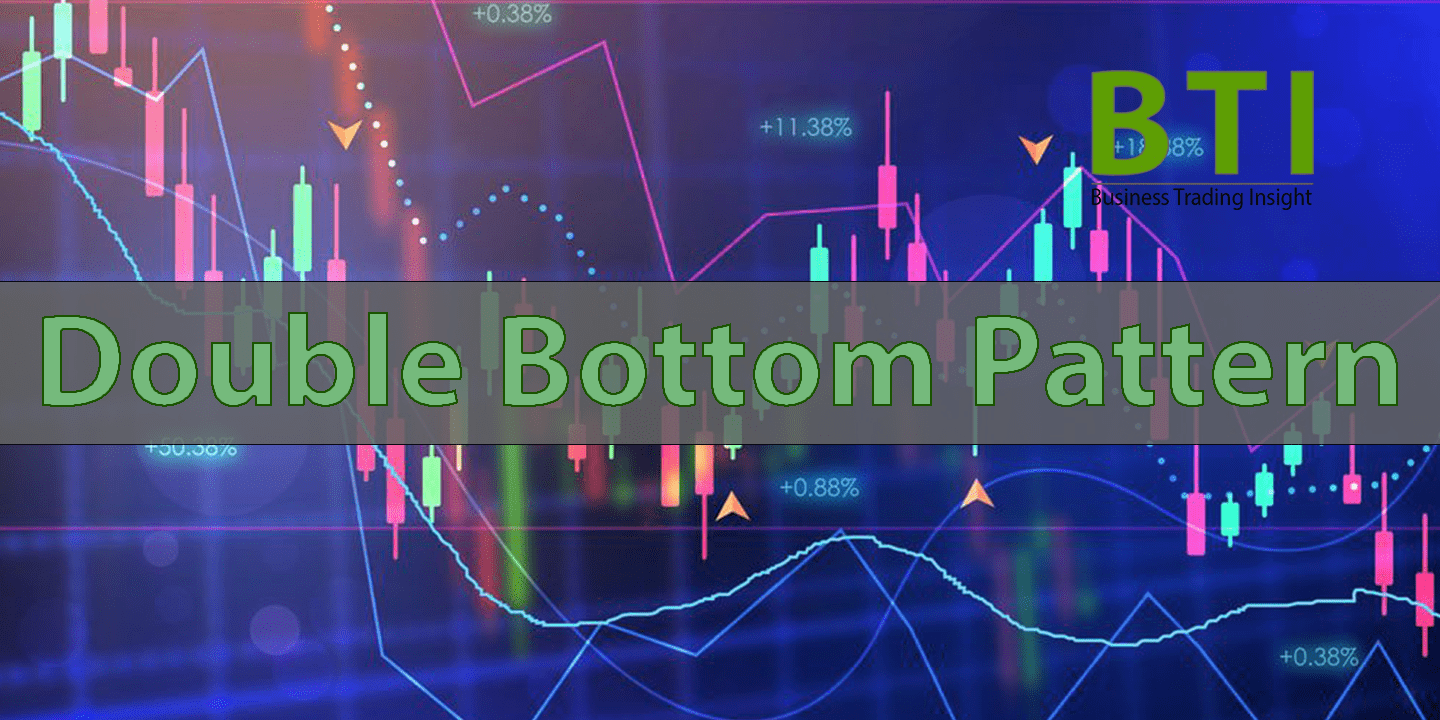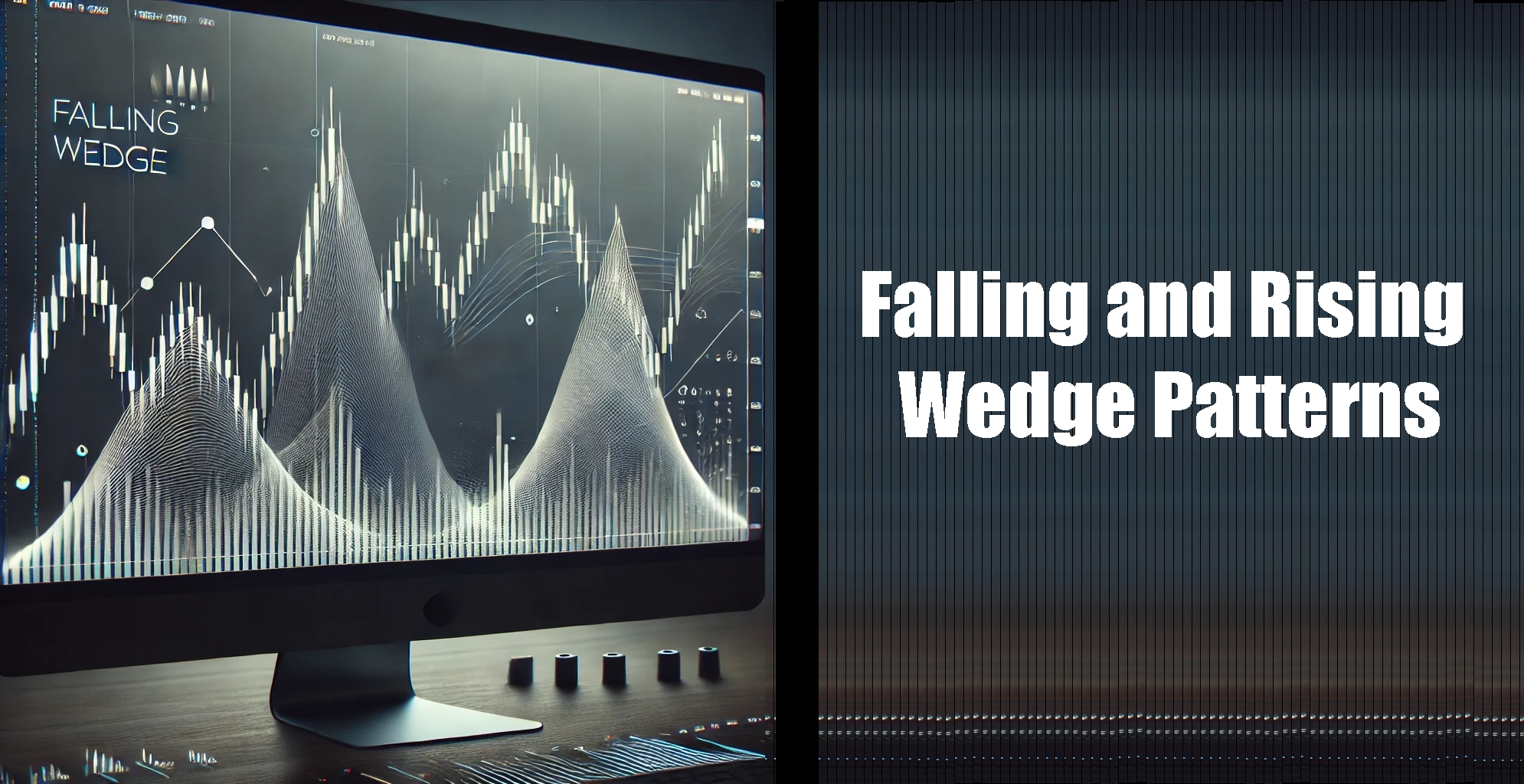Technical analysis is the study of historical price and volume data to forecast future price movements. It is a key tool in most trading strategies, helping traders make informed decisions about market direction. One of the most critical aspects of technical analysis is chart patterns, which are visual formations on price charts that provide valuable insights into the behavior of market participants. Among these patterns, the Rising Wedge is a significant and frequently encountered figure in market analysis.
A Rising Wedge appears during an uptrend and can serve as either a warning of an impending trend reversal or a signal of continuation depending on the market context. This comprehensive guide will explore the details of the Rising Wedge pattern, how to identify it, and how traders can use it for informed decision-making.
What Are Chart Patterns?
Chart patterns are formations created by the price movements of an asset over a given period. These patterns reflect the balance between supply (sellers) and demand (buyers) and indicate future price trends. Understanding these patterns is crucial for effective trading, as they offer insights into potential price action.
Some key chart patterns include:
- Triangles (Symmetrical, Ascending, and Descending): Triangular patterns are some of the most common and include the Rising Wedge. Triangles signify periods of price consolidation, with narrowing price ranges that indicate a breakout or breakdown.
- Head and Shoulders: A reversal pattern that signals a trend change. A Head and Shoulders formation typically indicates that an uptrend is about to reverse and turn bearish.
- Flags and Pennants: Continuation patterns that form during periods of consolidation after a sharp price movement. They predict that the prevailing trend will likely continue once the consolidation ends.

What is the Rising Wedge?
A Rising Wedge is a technical chart pattern that forms during an uptrend when the price range starts to narrow. The pattern is defined by two trendlines:
- Upper Trendline: Connects the series of higher highs.
- Lower Trendline: Connects the series of higher lows.
Both trendlines slope upwards, but the lower trendline is typically steeper than the upper trendline, causing the price to converge within the wedge. As this happens, trading volume tends to decrease, indicating a weakening trend.
While the Rising Wedge occurs in an uptrend, its appearance often signals that the bullish momentum is slowing and may eventually reverse. The key is that this pattern often precedes a breakdown, meaning a potential shift to bearish price action.
Why Is the Rising Wedge Important for Traders?
The Rising Wedge is critical because it signals the possibility of trend exhaustion and a potential reversal. Early identification of the pattern can help traders exit positions before the market turns against them. However, it’s crucial to understand that not every Rising Wedge results in a price decline. Sometimes, the price can break to the upside, continuing the original trend. As such, the Rising Wedge pattern should be used in conjunction with other technical indicators for confirmation.

Key Characteristics of the Rising Wedge
| Characteristic | Description | Importance |
| Trendlines | Two upward sloping trendlines that define the price range. | Indicates price compression and possible trend reversal. |
| Decreasing Volume | Volume typically decreases as the pattern develops. | Signals weakening market momentum and potential breakdown. |
| Price Convergence | Prices move towards each other within the trendlines. | Suggests a pending breakout or breakdown. |
| Duration | Can last anywhere from a few days to weeks. | Longer durations give stronger signals. |
What Does the Rising Wedge Signal?
Bearish Signal: Trend Reversal
The primary signal from a Rising Wedge is the possibility of a trend reversal to the downside. As the price breaks the lower trendline, traders often interpret this as the beginning of a bearish trend. A significant breakdown typically occurs when the price breaks below the lower trendline with increasing volume, making the bearish signal more reliable.
However, there are cases where the price breaks lower only temporarily, often due to false breakouts. This can happen when the trend lacks sufficient momentum or when external factors affect the market. In such cases, the price may quickly return to the original uptrend.
Market Sentiment: Loss of Buyer Interest
As the price rises within the narrowing wedge, the volume tends to decrease, which is a critical indicator of weakening market momentum. This suggests that even though the price is increasing, buyer enthusiasm is fading. Lower volume during price increases signals that there is less buying pressure, which might imply that the trend is losing steam and could reverse soon.
Declining volume can indicate that buyers are losing interest, even as the price continues to climb. This reduction in enthusiasm often precedes a price breakdown or a reversal.
Potential for Reversal or Breakdown
When the lower trendline of the Rising Wedge is broken, the market can experience a sharp decline. This is typically when traders open short positions, betting on a price drop. However, if the volume accompanying the breakout is low, it could suggest that the breakout lacks strength and that the trend may continue in the original direction (upward).
To validate the breakout, traders should combine the Rising Wedge pattern with other technical indicators like the Relative Strength Index (RSI), moving averages, and support and resistance levels. These tools can provide additional confirmation of the trend’s reversal or continuation.

Rising Wedge vs Falling Wedge: Key Differences
The Rising Wedge and Falling Wedge are two opposite formations, yet both provide valuable insights about market trends. Here’s a comparison of the two:
| Feature | Rising Wedge | Falling Wedge |
| Trend Direction | Forms in an uptrend, indicating weakening momentum. | Forms in a downtrend, suggesting a potential bullish reversal. |
| Breakout Direction | Often signals a breakdown or bearish move. | Often signals a breakout to the upside, indicating bullish potential. |
| Volume | Volume typically decreases during the formation. | Volume typically increases during the formation. |
While the Rising Wedge tends to warn of a bearish breakdown, the Falling Wedge often signals the opposite, a bullish breakout.

How to Identify the Rising Wedge on a Chart?
Rising Trendlines
To identify the Rising Wedge, look for two upward sloping trendlines that confine the price action. The upper trendline connects the higher highs, while the lower trendline connects the higher lows. As the pattern forms, these lines will converge, indicating a narrowing price range and a potential market move.
Decreasing Volume
A critical aspect of recognizing the Rising Wedge is observing decreasing volume. As the price rises, the volume should decline, signaling that demand is weakening. This is a crucial sign that the market may soon lose momentum.
Price Convergence
As the price approaches the apex of the wedge, the two trendlines will converge, signaling a market «compression.» This is a potential trigger point for a significant move, either upward or downward. Traders should prepare for a potential breakout or breakdown.
Duration of the Pattern
The duration of the Rising Wedge can vary. Short-term wedges indicate less certainty and might not be as reliable, while longer-term wedges (spanning days or weeks) often provide a stronger signal. Longer formations suggest that the market sentiment has had time to shift, making any breakout more significant.
The Rising Wedge is an essential pattern in technical analysis, offering valuable insights into the weakening of an uptrend and the potential for a reversal or breakdown. By recognizing this pattern early and combining it with other indicators, traders can make more informed decisions, manage risks, and capitalize on potential market movements.
However, like all technical patterns, the Rising Wedge is not infallible. False breakouts and trend uncertainties can occur, so it’s essential to use risk management strategies and wait for additional confirmation signals before taking action. When properly understood and applied, the Rising Wedge can be a powerful tool in a trader’s arsenal for forecasting market changes.
FAQ
What does the Rising Wedge pattern indicate?
The Rising Wedge typically signals a weakening bullish trend and often suggests a potential price reversal. As the price narrows within the wedge and volume declines, this indicates diminishing buying pressure. The pattern often precedes a breakdown to the downside, though in some cases, the breakout can be a false signal with the price continuing upwards.
Is the Rising Wedge always a bearish signal?
Not always. While the Rising Wedge generally signals a trend reversal to the downside, there are cases when the breakout is false and the price continues to rise. A false breakout typically occurs when the price briefly breaks below the lower trendline but quickly reverses. It’s important to use other indicators, such as RSI or volume, for confirmation before making any trading decisions.
How do volume and the Rising Wedge pattern relate?
As the Rising Wedge forms, volume typically decreases, signaling that buyer interest is fading. This suggests that the trend is losing strength. A valid breakout, especially to the downside, should be confirmed by increased volume, indicating strong selling pressure. A breakout on low volume may point to a false breakout.
What happens if the price breaks below the Rising Wedge?
When the price breaks below the lower trendline of the Rising Wedge, it often signals the start of a bearish trend reversal. Traders may consider opening short positions or exiting long trades. However, for this signal to be reliable, the breakout should be accompanied by increased volume. If the volume is low, the breakout may be false, and the price could quickly revert to the uptrend.



